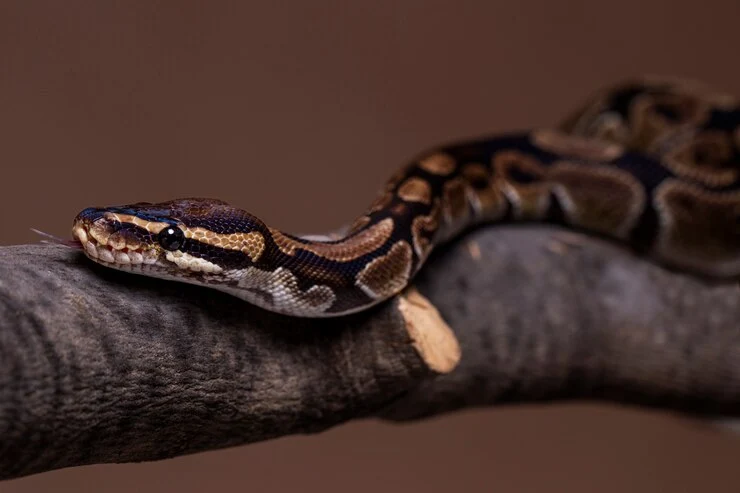Introduction
Snakes, fascinating creatures, leave behind traces of their existence in the form of droppings. As a snake enthusiast or someone curious about these reptiles, understanding “What Do Snake Droppings Look Like?” can offer valuable insights into their habits and health.
Unveiling the Clues
What Do Snake Droppings Look Like?
The Basics of Snake Droppings
Snake droppings, also known as feces or scat, vary across species. Generally, they are tubular and elongated, reflecting the snake’s digestive system. The color, texture, and size, however, depend on the snake’s diet and species.
Colors and Patterns
Different snake species yield distinct droppings. Common colors include brown, black, green, or even white. Patterns might be solid or contain remnants of undigested prey, like bones or fur. The intricate details provide essential clues about the snake’s diet.
Texture and Consistency: Touching on texture, snake droppings can range from soft to firm. The consistency often relates to the snake’s hydration levels and the type of prey consumed. Understanding these variations contributes to assessing a snake’s well-being.
Examining the Evidence
What Do Snake Droppings Look Like?
Size Matters: The size of snake droppings is relative to the snake’s size and species. Larger snakes generally produce larger droppings, while smaller ones leave behind more modest traces. Observing size can aid in identifying the snake’s potential species.
Odor: A Distinctive Factor
Snake droppings usually have a mild odor, often unnoticed outdoors. However, indoor enclosures may intensify the scent. A keen nose can detect subtle differences, signaling health issues or changes in diet.
FAQs about Snake Droppings
Q: Do all snakes have the same-looking droppings?
No, different snake species exhibit variations in color, size, and texture of their droppings.
Q: What does it mean if snake droppings have a strong odor?
An unusually strong odor may indicate health issues or changes in diet. Monitoring the snake’s behavior is advisable.
Q: Can snake droppings help identify the snake’s age?
While not definitive, the size of droppings can offer clues about the snake’s approximate size and, by extension, its age.
Q: Are there any health concerns associated with snake droppings?
Generally, snake droppings pose minimal health risks. However, proper hygiene practices are crucial, especially if you have pet snakes.
Q: How often do snakes defecate?
The frequency of snake defecation varies. It can range from a few days to several weeks, depending on factors like species, diet, and environmental conditions.
Q: Can snake droppings be used for scientific purposes?
Yes, researchers often study snake droppings to gain insights into their dietary habits, health, and the ecological impact of various snake species.

Leave a Reply